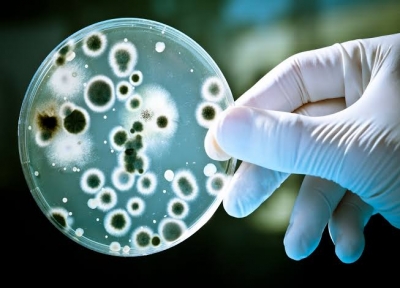
Bacteria are one-celled organisms that were among the first forms of life to appear on Earth. Nearly all life on earth depends on bacteria for survival and they are present all around us. However, it was only in the 17th century that their presence was discovered.
The first person to discover bacteria was a Dutchman named Anton Van Leeuwenhoek in 1674. A draper by profession, Leeuwenhoek developed an interest in lens making. He went on to design his own microscope and observe strands of material under the lens. One day he removed a bit of plaque from between his teeth and observed it under his microscope. He was amazed to see tiny living organisms that appeared to exist within the plaque. He named these organisms ‘animacules’ which means ‘little animals’.
Prior to this, in 1546, Italian scholars Marcus Varro and Girolamo Fracastoro had put forward the theory that diseases were caused by tiny organisms that were invisible to the naked eye, but actual proof of the connection between bacteria and diseases came only in the 19th century.
Picture Credit : Google




